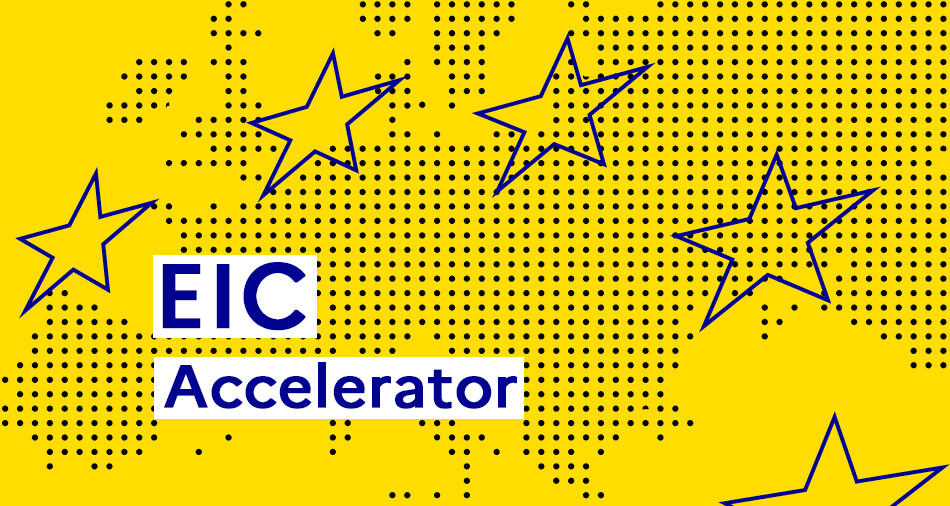Description :
ExpectedOutcome:
Project results are expected to contribute to the following expected outcomes.
- Environment. Project results are expected to demonstrate that the proposed solutions would have no negative impact on the environment (i.e. in terms of emissions, noise and/or local air quality) or on the potential improvement of the aviation environmental footprint.
- Capacity. Project results are expected to contribute to capacity through real-time multimodal passenger constraint information that, when shared at network level, will help to reduce, for example, departure delay.
- Passenger experience. Project results are expected to demonstrate the viability of the integration of airports as multimodal nodes into the ATM network to enable interoperability between aviation and other modes of transport.
Scope:
The SESAR 3 JU has identified the following innovative research elements that could be used to achieve the expected outcomes. The list is not intended to be prescriptive; proposals for work on areas other than those listed below are welcome, provided they include adequate background and justification to ensure clear traceability with the R&I needs set out in the SRIA for the multimodality and passenger experience flagship.
- Multimodal airport. This research aims to evaluate the potential impact of and help in designing new mobility solutions’ (e.g. shared mobility). It should cover airport access, include an analysis of the use of connected and autonomous vehicles to access the airport (including studying the trade-offs in terms of the environment, door-to-door travel time, etc.), and examine the addition of UAM to intermodal solutions for airport access (e.g. can UAM help to enlarge an airport’s catchment area?) (R&I need: access to / exit from the airport: airports are obvious multimodal nodes for aviation).
- UAM impact on multimodality. This element covers research on methods and tools for the evaluation of the impact of UAM on intermodal solutions, including a demand study on UAM services, both passenger and freight, integrated into the multimodal transport chain. The design of intermodal solutions should leverage UAM to connect different airports in the same urban area (i.e. each airport would act as a terminal of the bigger airport) (R&I need: access to / exit from the airport: airports are obvious multimodal nodes for aviation).
- Multimodality and environment. Environmental aspects will be a major driving factor in shaping the future (air) transport sector. There is a need to investigate the complementarity/substitutability of different modes of transport for certain distance segments: what the role of air transport will be, how future networks will change (e.g. in terms of the distribution of air traffic over different distance segments), how airline fleet composition will change and effects on airport operations. How can better integration of air transport with other modes of transport contribute to reducing the environmental impact of the door-to-door journey? (R&I need: access to / exit from the airport: airports are obvious multimodal nodes for aviation).
- Understanding passenger expectations. Understanding passenger expectations (with regard to origin–destination, travel time, comfort, ecological impact and reliability) is a continuous activity linked to the flexibility/changes over time in demand for modes of transport. How can aviation monitor passenger expectations to improve its offer? How will changing passenger preferences shape the future multimodal transport system (e.g. airport products and services and the airport as a multimodal node) (R&I need: passenger experience at the airport).
- Anticipating disruptions. This element covers research on methods for predicting disruption in support of proactive mitigation and on suitable management and recovery mechanisms (R&I need: an integrated transport network performance cockpit).





